
- Afrikaans
- Albanian
- Amharic
- Arabic
- Armenian
- Azerbaijani
- Basque
- Belarusian
- Bengali
- Bosnian
- Bulgarian
- Catalan
- Cebuano
- China
- Corsican
- Croatian
- Czech
- Danish
- Dutch
- English
- Esperanto
- Estonian
- Finnish
- French
- Frisian
- Galician
- Georgian
- German
- Greek
- Gujarati
- Haitian Creole
- hausa
- hawaiian
- Hebrew
- Hindi
- Miao
- Hungarian
- Icelandic
- igbo
- Indonesian
- irish
- Italian
- Japanese
- Javanese
- Kannada
- kazakh
- Khmer
- Rwandese
- Korean
- Kurdish
- Kyrgyz
- Lao
- Latin
- Latvian
- Lithuanian
- Luxembourgish
- Macedonian
- Malgashi
- Malay
- Malayalam
- Maltese
- Maori
- Marathi
- Mongolian
- Myanmar
- Nepali
- Norwegian
- Norwegian
- Occitan
- Pashto
- Persian
- Polish
- Portuguese
- Punjabi
- Romanian
- Russian
- Samoan
- Scottish Gaelic
- Serbian
- Sesotho
- Shona
- Sindhi
- Sinhala
- Slovak
- Slovenian
- Somali
- Spanish
- Sundanese
- Swahili
- Swedish
- Tagalog
- Tajik
- Tamil
- Tatar
- Telugu
- Thai
- Turkish
- Turkmen
- Ukrainian
- Urdu
- Uighur
- Uzbek
- Vietnamese
- Welsh
- Bantu
- Yiddish
- Yoruba
- Zulu
Component
A component is a fundamental part of a larger system or device, designed to perform a specific function. Components are used across various industries, including electronics, machinery, automotive, and aerospace, ensuring the efficiency, durability, and functionality of complex systems.
-
Graphitic Heat-Conducting Film
Learn More Now >
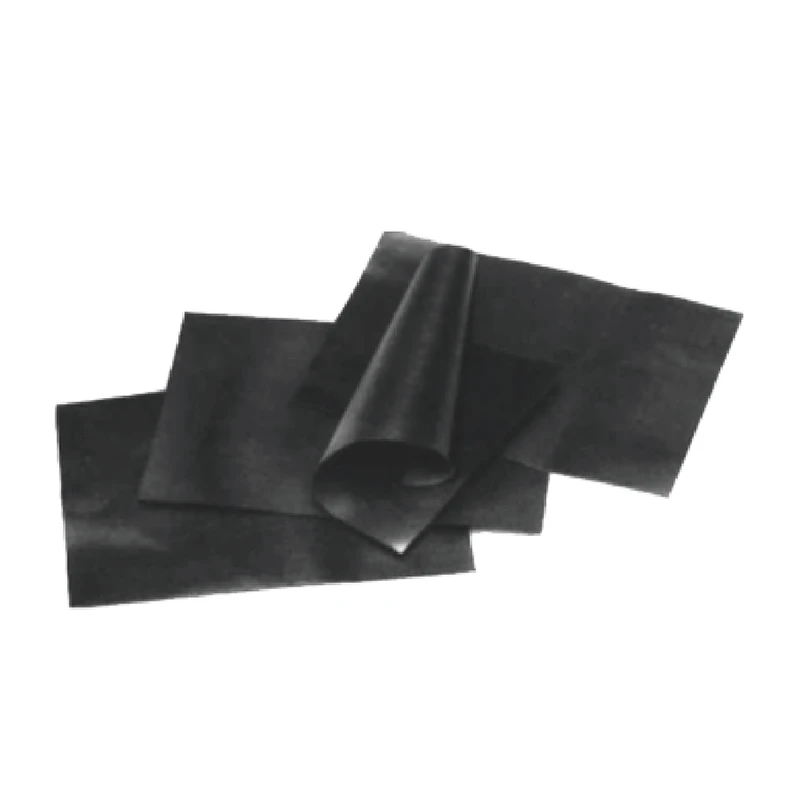
-
Phase-Transformation Heat Pipe
Learn More Now >
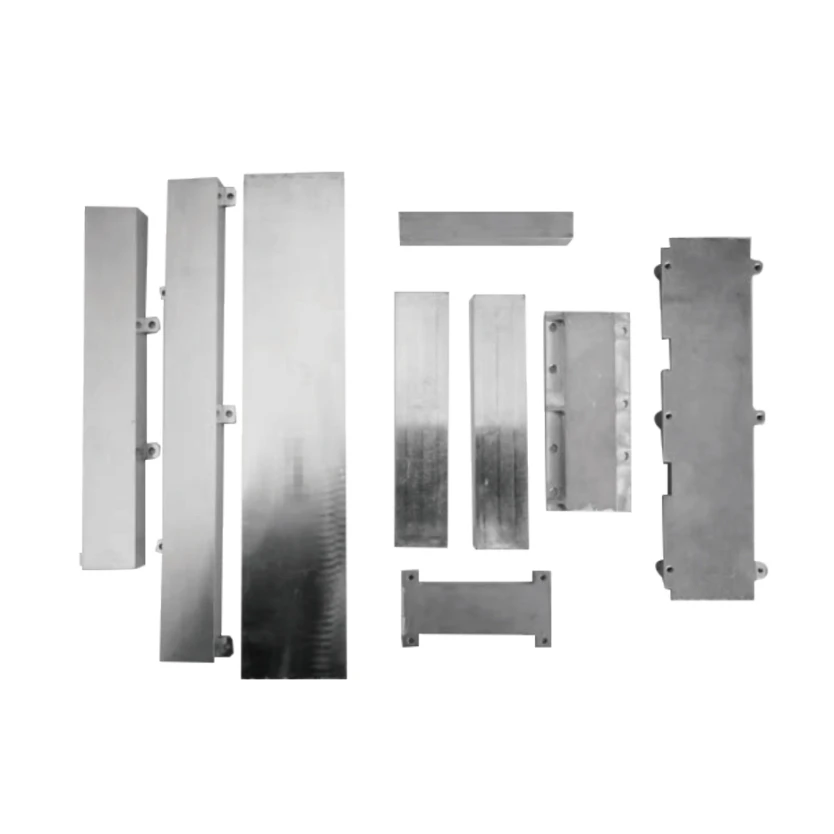
-
Flexible Heat-Conducting Cable
Learn More Now >
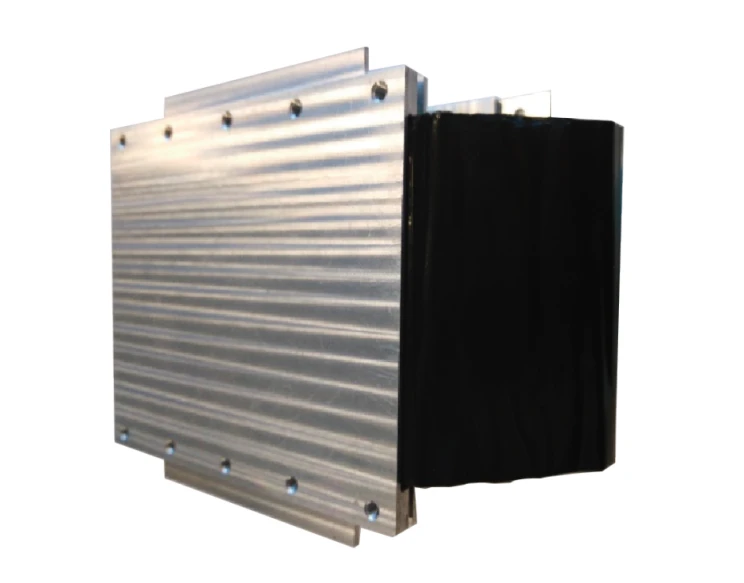
-
Multi-Layer Thermal Insulation Cover
Learn More Now >
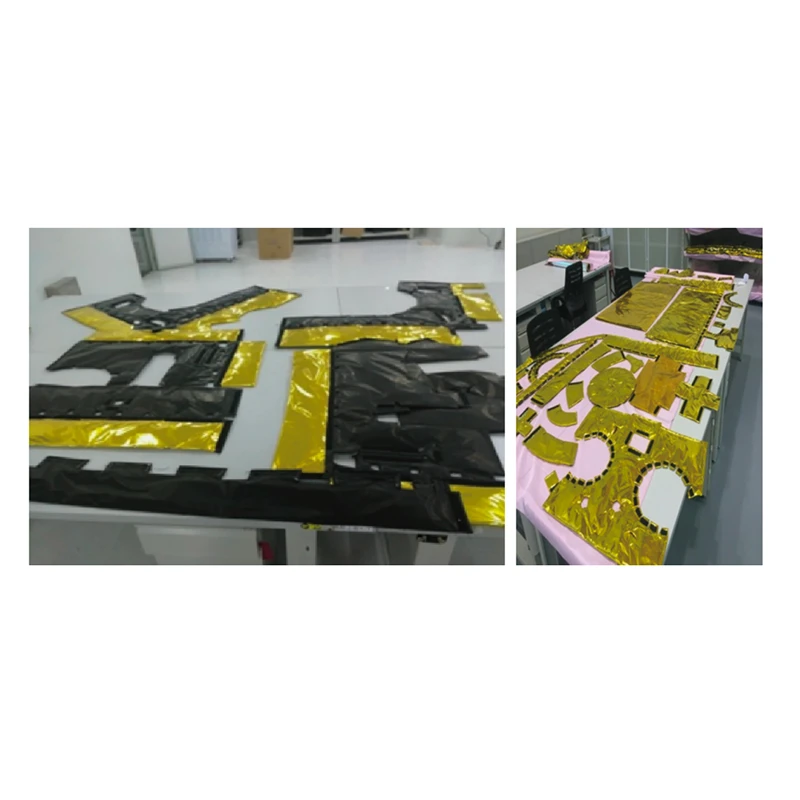
-
Satellite-Rocket Separation Mechanism
Learn More Now >
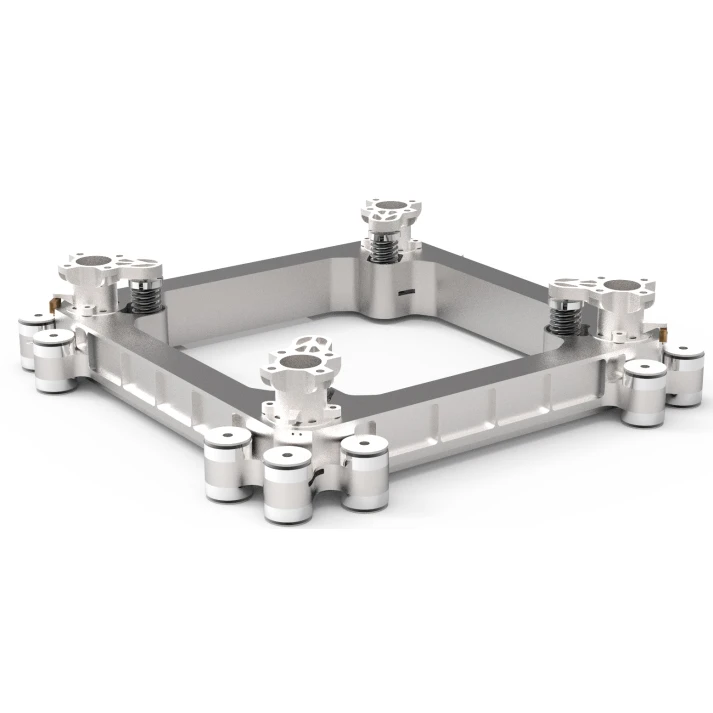
-
Separating Nut
Learn More Now >

-
Star Sensor Lenses
Learn More Now >
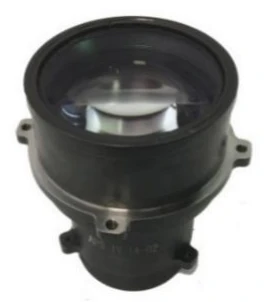
-
Fused Quartz Reflective Mirror
Learn More Now >
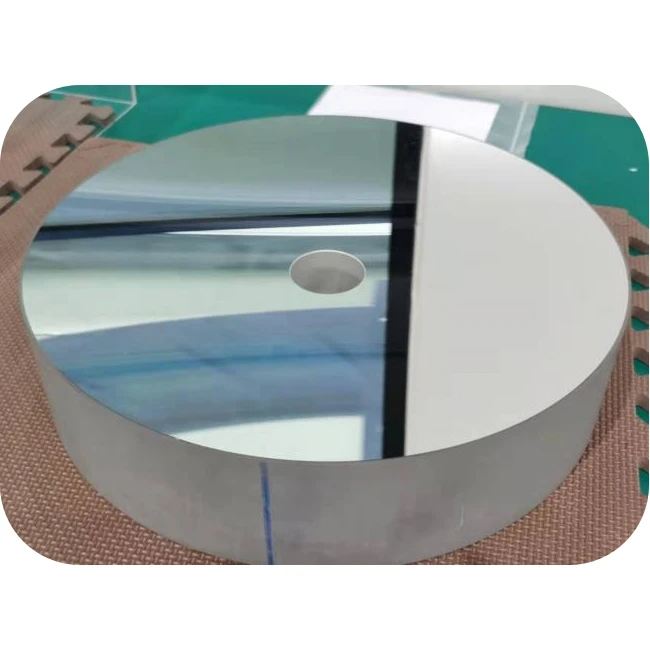
-
Silicon Carbide Reflective Mirror
Learn More Now >
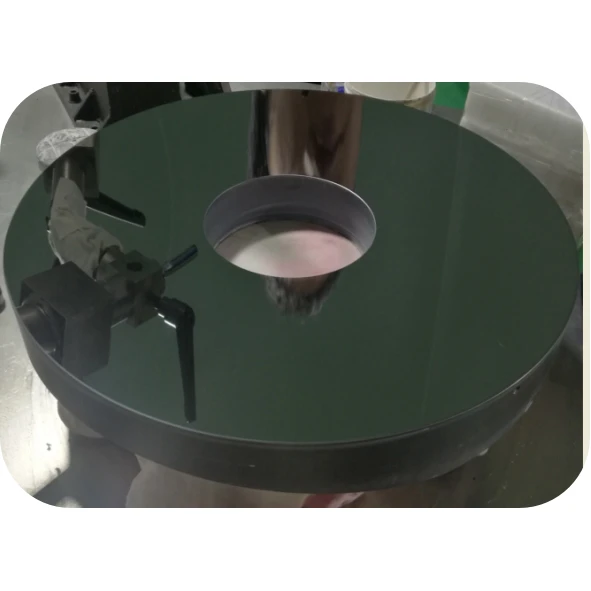
Looking for high-quality components for your applications?
Completely synergize resource taxing relationships via premier niche markets professionally.
Contact UsWhat Are The Different Types Of Components And Their Applications?
Components are essential building blocks of machines, electronics, and systems, each serving a distinct purpose. They can be categorized based on their function, industry, and material composition. The most common types include electronic components, mechanical components, structural components, and fluid system components.
Electronic components, such as resistors, capacitors, and semiconductors, are widely used in circuits to regulate voltage, store energy, and enable signal processing. These components are essential in consumer electronics, medical devices, telecommunications, and industrial automation. For example, microprocessors and memory chips are the heart of computers and smartphones, allowing for data processing and storage.
Mechanical components, including gears, bearings, and fasteners, are used in machinery, vehicles, and industrial equipment to ensure motion control, stability, and durability. These components are crucial in manufacturing and transportation, where high-performance machinery requires precision-engineered parts to function effectively.
Structural components, such as beams, panels, and frames, provide support and stability in construction, aerospace, and automotive industries. In aerospace engineering, lightweight yet strong materials like carbon fiber-reinforced composites are used to enhance the durability and efficiency of aircraft and spacecraft.
Fluid system components, including valves, pumps, and pipes, manage the flow of liquids and gases in industries such as oil and gas, chemical processing, and water treatment. These components ensure safe and efficient operation in critical systems, preventing leaks and maintaining pressure control.
With continuous advancements in materials and technology, components are becoming more efficient, durable, and adaptable to various applications. Their role in innovation and industrial progress remains indispensable.
Types of Components and Their Applications
-
 Electronic ComponentsIncludes resistors, capacitors, and semiconductors, essential for powering and controlling electronic devices.
Electronic ComponentsIncludes resistors, capacitors, and semiconductors, essential for powering and controlling electronic devices. -
 Mechanical ComponentsConsists of gears, bearings, and fasteners, ensuring smooth operation in machinery and vehicles.
Mechanical ComponentsConsists of gears, bearings, and fasteners, ensuring smooth operation in machinery and vehicles. -
 Structural ComponentsProvides support and stability in construction, aerospace, and automotive industries with durable materials.
Structural ComponentsProvides support and stability in construction, aerospace, and automotive industries with durable materials. -
 Fluid System ComponentsRegulates liquid and gas flow through pumps, valves, and pipes in industrial and chemical applications.
Fluid System ComponentsRegulates liquid and gas flow through pumps, valves, and pipes in industrial and chemical applications.











